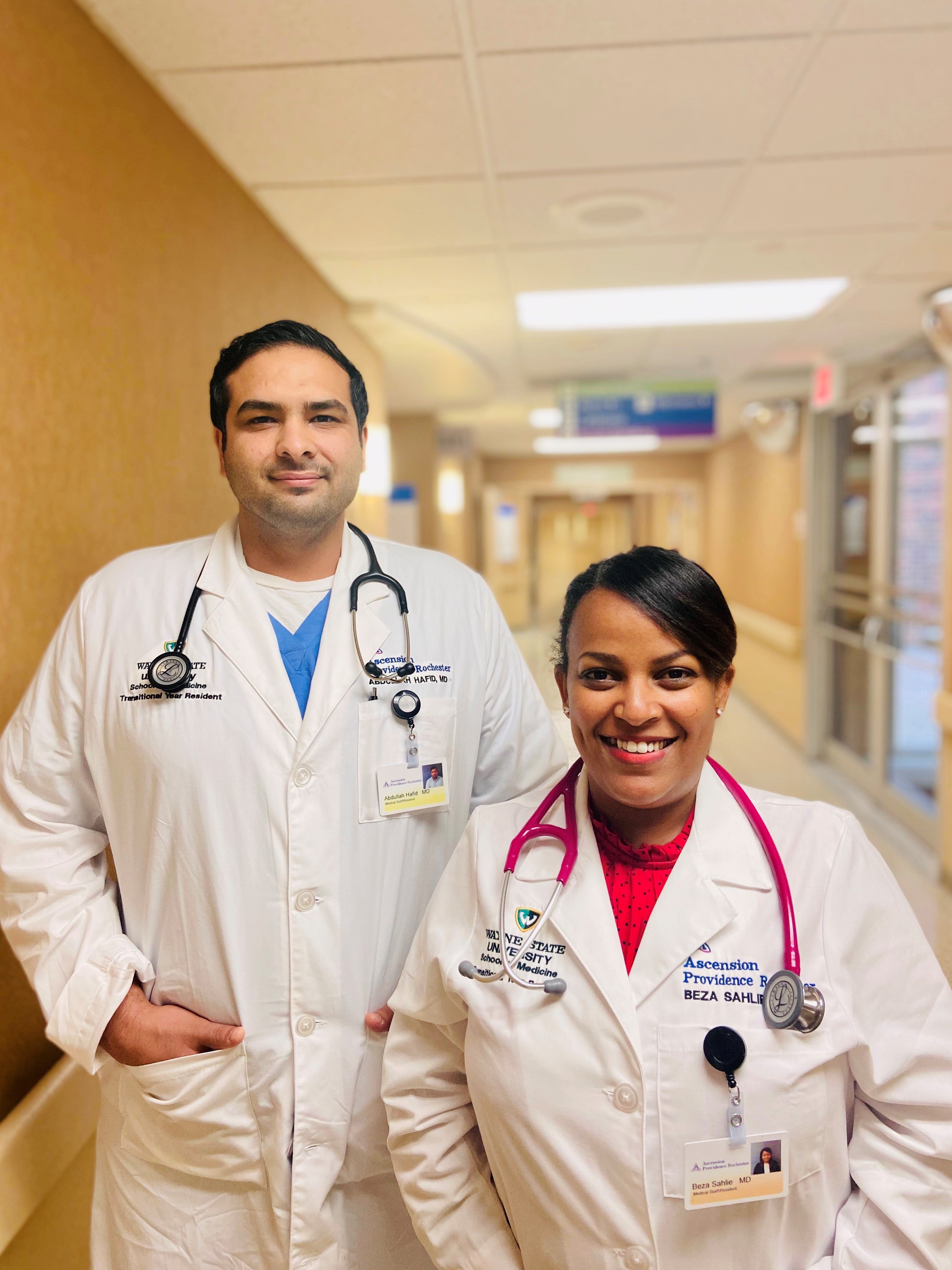Twenty-four new medical residents are now serving in Michigan through the second year of the MIDOCs program, a state-funded effort intended to improve access to care in Michigan.
Each of the residents has committed to practice in a primary care health professional shortage area during their residencies, and for two years after the completion of their training, making them eligible to receive up to $75,000 in medical education loan repayment.
MIDOCS began last year, with two residency slots assigned to each of the participating medical schools, which include Wayne State University, Michigan State University, Western Michigan State

University and Central Michigan University. This year, the program was expanded to provide six residency positions for each of the schools, bringing the total number of slots in its first two years to 32.
Michigan has identified 75 of its 83 counties with at least partial designation as a primary care health professional shortage area. These areas are typically rural and urban regions.
“The MIDOCs program has increased the number of medical residency training slots in primary care and other high-need specialties,” said Tsveti Markova, chair of the WSU Department of Family Medicine and Public Health Sciences, and senior associate dean of Graduate Medical Education. “At WSU, we created a family medicine residency urban track, where residents practice in a Federally Qualified Health Center in Detroit, the Community Health and Social Services Center. This year, we added another ACGME-accredited program, Preventive Medicine, focusing on public and population health. Both programs include innovative curriculum elements and community-based models. The MIDOCs Program will strengthen the ability of the health care workforce to improve health outcomes and increase access to care for underserved and vulnerable populations in Michigan.”
Each residency is typically a two-year training program.
This year’s WSU MIDOCS cohort includes:
Ronald Benard, M.D., of the Universidad Americana
Matt Ellison, M.D., of the Pacific Northwest University of Health Sciences College of Osteopathic Medicine
Haria Henry, M.D., of the Escuela Latinoamericana de Medicina
Irobun Osaigbovo, M.D., of the Escuela Latinoamericana de Medicina
Abdullah Hafid, M.D., of the University of Science, Arts and Technology
Beza Sahlie, M.D., of the Trinity School of Medicine
Drs. Hafid and Sahlie are the program’s first Preventive Medicine residents.
“Growing up in a developing country (Ethiopia), I witnessed first-hand the devastating impacts of poverty, health disparities and civil wars in my community,” Dr. Sahlie said. “Preventive Medicine is now more important than ever to close the health disparity gap that exists in the U.S.”
Upon completion of her residency, Dr. Sahlie plans to work for a public health department to address the health disparities gaps at a county or regional level.
Dr. Hafid, who grew up in northern Virginia, said he was drawn to medicine as a calling to community and public service at an early age. He said the Preventive Medicine program provides a “unique combination of clinical, academic, research and public health training, which will equip physicians to be effective health care leaders on local, state, federal and global levels.”
After completing his residency commitment, he plans to focus on Preventive Medicine in an academic setting.
“The MIDOCS program will help address the health care needs of Michigan residents by increasing their access to primary care physicians in the state, and this growth in the medical labor force is both necessary and timely,” Dr. Markova said. “Within five years, Michigan will experience an alarming shortage in the number of primary care physicians. We know from research studies that primary care reduces mortality rates associated with heart disease and cancer (the top two causes of death), and that those states with higher ratios of primary care providers have lower health care costs and better overall population health.”